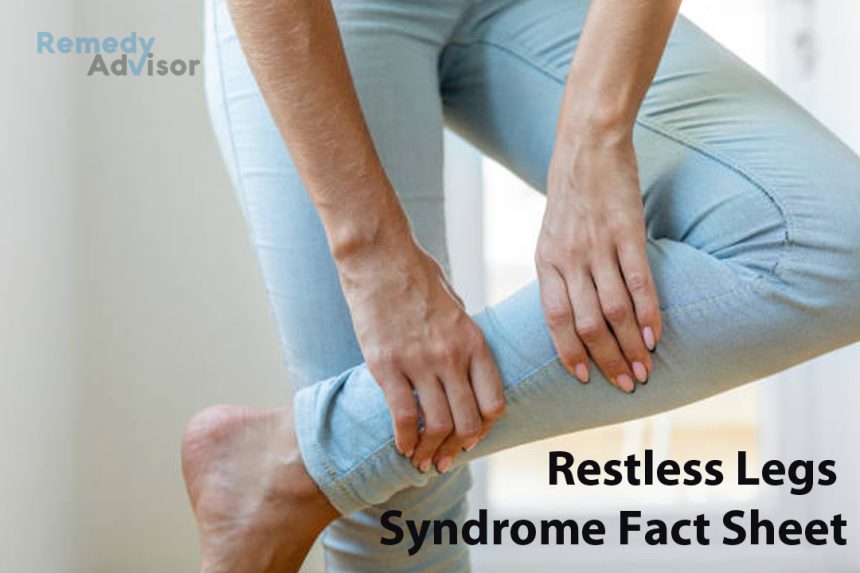If you have trouble sleeping because of a burning, tingling or “creepy-crawly” sensa¬tion in your legs, you may be suffering from restless legs syndrome (RLS).
This neurological disorder affects 2% of the population some so harshly that they’re not capable to sit still long enough to travel in a vehicle or airplane or see a film.
RLS isn’t dangerous, but it can seriously disrupt your sleep and your quality of life.
Telltale symptoms
RLS sufferers generally have more leg discomfort when sitting or lying down than when standing. The leg discomfort is especially bad at night, making it hard to fall asleep.
Some sufferers kick during sleep. All have an almost uncontrollable desire to move their legs around.
RLS can strike at any age, but most cases occur after age 40. It often gets worse over time. There is no known way to prevent RLS.
One-third to one-half of all cases of RLS seems to be inherited. RLS can also be caused by nerve damage in the legs typically the result of diabetes, kidney disease or a pinched nerve in the back a deficiency of iron or, theoretically, a deficiency of the neurotransmitter dopamine.
Controlling symptoms
Some RLS sufferers derive relief from iron supplements. The typical dosage is 300 mg three times a day but check with your doctor first to make sure supplements are right for you.
Others swear by supplements of vitamins E and B-12 and foliate. My most severely affected patients, however, generally do not benefit from vitamin supplements.
What about nondrug therapies? Two seem to be particularly helpful
• Revise your sleep schedule.
Try to sleep when your RLS symptoms are least pronounced. You may be able to work out a flextime arrangement with your employer to accommodate this schedule.
• Avoid caffeine and alcohol.
They make RLS worse.
Consulting a doctor
If symptoms persist, consult a doctor who has experience treating RLS patients. Unfortunately, RLS is often misdiagnosed as stress, anxiety, depression or garden-variety insomnia. Doctors often have a difficult time recognizing RLS, because patients seldom display the telltale leg symptoms in the doctor’s office.
Once properly diagnosed, however either by a primary-care doctor or a neurologist specializing in sleep or movement disorders RLS can be effectively treated.
Well-controlled clinical trials indicate that 80% of RLS sufferers experience relief from long-term use of one or more of the following drugs
• L-dopa,pergolide (Permax) or bromocriptine (Parlodel)
These drugs boost dopamine levels. Potential side effects: Nausea, light-headedness, vomiting and fainting and “rebound” of symptoms into daylight hours.
• Clonazepam (Klonopin) and other benzodiazepines
Potential side effects: Mental dullness and Drowsiness.
• Acetaminophen with codeine, oxycodone (Percocet) and other opiates
Potential side effect: Constipation. Benzodiazepines and opiates can be addictive, but the risk is small if the drugs are used under close medical supervision.







